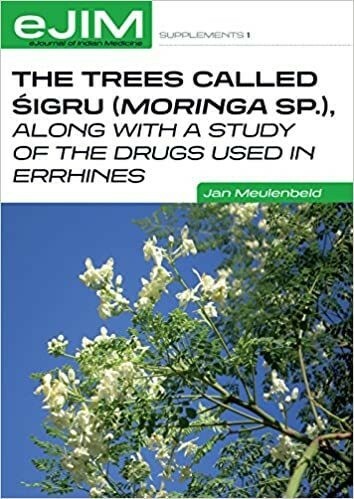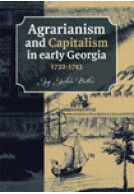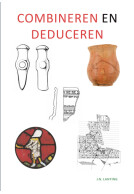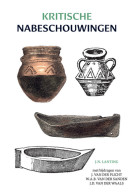The Trees Called Sigru (Moringa sp.), along with a study of the drugs used in errhines (Paperback)
Imprint: Barkhuis
Pages: 160
ISBN: 9789077922521
Published: 31st December 2009
Script Academic & Professional
Pages: 160
ISBN: 9789077922521
Published: 31st December 2009
Script Academic & Professional
You'll be £6.95 closer to your next £10.00 credit when you purchase The Trees Called Sigru (Moringa sp.), along with a study of the drugs used in errhines. What's this?
+£4.99 UK Delivery or free UK delivery if order is over £40
(click here for international delivery rates)
Need a currency converter? Check XE.com for live rates
(click here for international delivery rates)
Need a currency converter? Check XE.com for live rates
Research on the Ayurvedic materia medica, in particular its drugs of plant origin, is a venture bristling with pitfalls despite the apparent confidence displayed in the lists of botanical identifications of medicinal plants in numerous publications on the subject. This self-assurance is unwarranted in quite a few cases, as this study will demonstrate.The majority of these lists of botanical equivalents of Sanskrit plant names are not based on own research; instead, they usually reflect a consensus reached somehow among Indian ayurvedic scholars. The course of events that resulted in this agreement remains uninvestigated. Setting aside the role of leading authorities and trend-setting publications, one of the factors involved may be the significance of a seemingly trustworthy and scientifically-looking pharmacopoeia for the Indian ayurvedici in their competition with western medicine. In this respect the developments referred to are understandable.From a strictly scientific point of view caution is required. When trying to take stock of the situation, one's attention is arrested by the prevalence of North-Indian influences and opinions in the secondary literature on the Indian materia medica. The concurrence mentioned is a North-Indian product that may be looked upon as an artefact since regional differences in the identifications tend to be disregarded. Though exceptions do occur, most often books by authors hailing from northern India fail to pay attention to the plants employed under the same Sanskrit names in southern India and areas such as, for instance, Gujarat and Orissa.
Other titles in Barkhuis...















